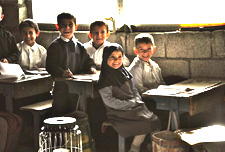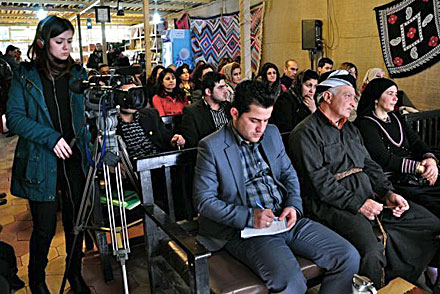Female Genital Mutilation Said To Be Widespread In Iraq's, Iran's Kurdistan
By Golnaz Esfandiari
Tahereh vividly remembers the day in her native town of Marivan in Iran when she was circumcised with a razor, leaving her with physical and psychological pain that endures nearly 45 years later.
"We were five sisters --we didn't really understand what was happening. My mother just said that someone was coming to our house," says 48-year-old Tahereh, who is one of many women who have undergone female genital mutilation (FGM) in Iranian Kurdistan.
"Then they took all of us -- we were 2, 3, 4 years old -- and the operation was done," says Tahereh, who asked that her real name not be used.
FGM, defined as the intentional alteration or injury of female genital organs for nonmedical reasons, is common in many northern African countries as well as some places in Asia and the Middle East.
But rights activists and NGO workers say the practice, also known as female circumcision, is also widespread in Iraq's and Iran's Kurdish regions.
Cases have also been registered in Western countries, primarily among immigrants from regions where the practice is widespread.
It is estimated that more than 100 million women and girls have been subjected to FGM, which usually entails the partial removal of the clitoris, and is usually performed by local midwives.
Long-term health consequences can result from the procedures, including infection, painful sexual intercourse, psychological trauma, and sterility.
Under the UN Declaration on the Elimination of Violence Against Women, for example, states should not invoke any custom, tradition, or religious consideration to avoid their obligation to eliminate violence against women.
While FGM is not inherent to any nation or religion, cultural and religious traditions are among the reasons given in support of the practice.
In some societies, FGM can signify a woman's eligibility for marriage. In some instances, it is used to reduce sexual desire. In other cases, misguided medical or health beliefs are cited.
Kurdish Areas
In the Kurdish areas of Iran and Iraq, supporters of the practice say it controls women's sexual desires and makes them "clean." Food prepared by uncircumcised women, for example, can be considered unacceptable.
No precise figures are available. But women's rights activists estimate the number of mutilated women in Kurdish cities and villages is high.
Parvin Zabihi, a member of a women's rights group based in Iran's Kurdistan called the Committee Against Sexual Violence, has researched female circumcision in the Kurdish-populated areas in Iran.
"One of my friends carried out some research in a classroom at a school in the Piranshahr area. Out of the 40 students, 38 were local -- and out of those 38, 36 had been circumcised. We came across many cases [of FGM] wherever we went to investigate," Zabihi says. Until then I didn't really understand; but when I understood how damaging it was, I prevented it and didn't let it happen to my younger daughters
Thomas Von Der Osten-Sacken, the director of WADI, a German nongovernmental organization that has worked in Iraqi Kurdistan for more than a decade, says the organization's research among Iraqi Kurds and also Iranian Kurds based in northern Iraq has shown that the practice of FGM is prevalent in the region.
"I think it's not wrong to say that within the Iraqi and Iranian Kurdistan the rate of the mutilated girls and women is in average about 60 percent," Sacken says.
For many people in the region, FGM is an ancient tradition while others refer to it as a religious obligation.
While there is no mention of female circumcision in the Koran, some refer to a hadith -- or narrative -- attributed to the Prophet Muhammad in which he instructs a woman performing circumcision on a young girl to "cut off only the foreskin but do not cut deeply."
It is not clear why the practice is widespread among Iranian and Iraqi Kurds. In Iran, FGM cases are also reported in southern regions including in Khuzestan.
But Von Der Osten-Sacken says that, according to the Shafii Islamic school to which most Iranian and Iraqi Kurds belong, female circumcision is obligatory for women.
"We found that wherever you have the Shaafi school of law, female genital mutilation is extremely widespread. That might be also one the reasons why you can't find it so much in Turkey or Syria's Kurdish communities -- because they're mostly Hanafi," Sacken says.
Some others, according to Zabihi, believe the practice was brought to Iran by Arabs.
"Ronak Faraj writes in her book 'The Circumcision of Girls' that the reason for its [prevalence] in Iran's and Iraq's Kurdistan is the Arab invasion of Iran," Zabihi says.
"She says in the book that the practice exists in the places where the Arab army invaded Iran -- they set circumcision as a condition for men and women."
Changing Attitudes
While both Zabihi and Von Der Osten-Sacken agree that FGM is deeply anchored in Kurdistan's traditions, they believe that attitudes are slowly changing.
The Wadi director says the fight against female circumcision is gaining some support among young people, Kurdish intellectuals, and some politicians in Iraqi Kurdistan.
Women's rights activist Zabihi says education and raising awareness about women's issues is a key factor that prevents some Kurds from following the tradition of their ancestors.
"Many educated men and women -- after getting married -- they don't let their daughters be circumcised. So fortunately it is decreasing here," Zabihi says.
But even Tahereh conceded that, under pressure from her family, she had her eldest daughter circumcised. But she didn't let her two other daughters go through it. Those who support FGM, she says, do not know it creates misery for girls.
"[My eldest daughter] now complains about me for [not having prevented it]. Until then I didn't really understand; but when I understood how damaging it was, I prevented it and didn't let it happen to my [younger daughters].
RFE/RL's Radio Farda broadcaster Roya Karimi contributed to this report.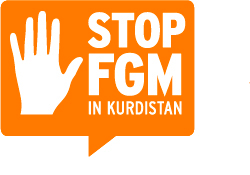


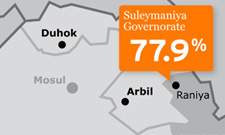
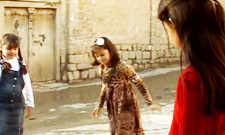
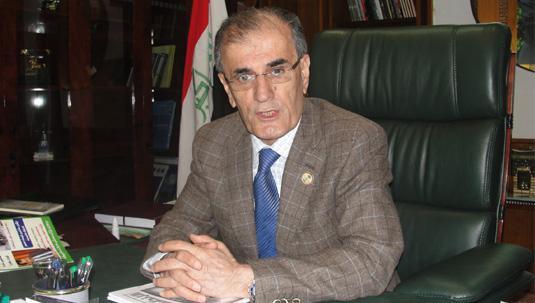
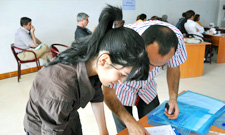
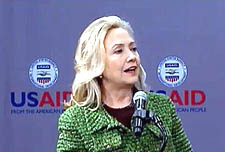 Clinton: 'Cultural Tradition' is No Excuse for Female Genital Mutilation
Clinton: 'Cultural Tradition' is No Excuse for Female Genital Mutilation